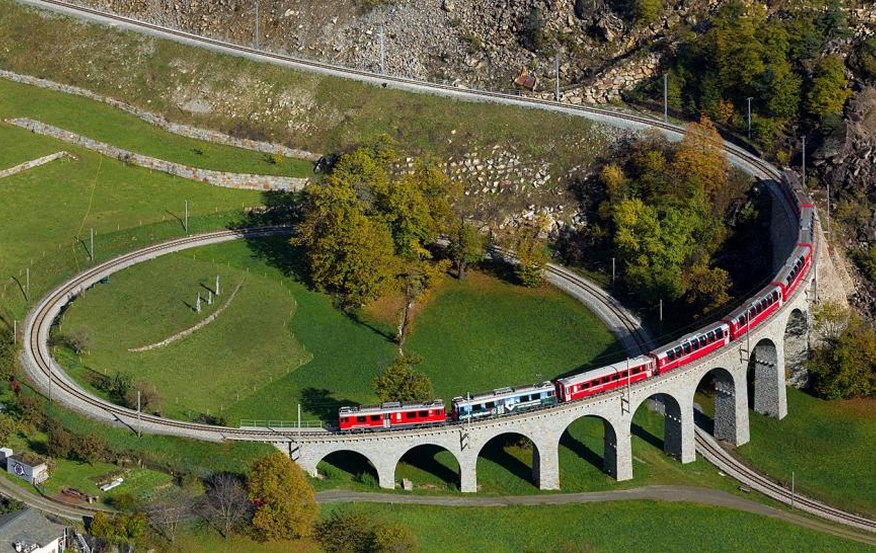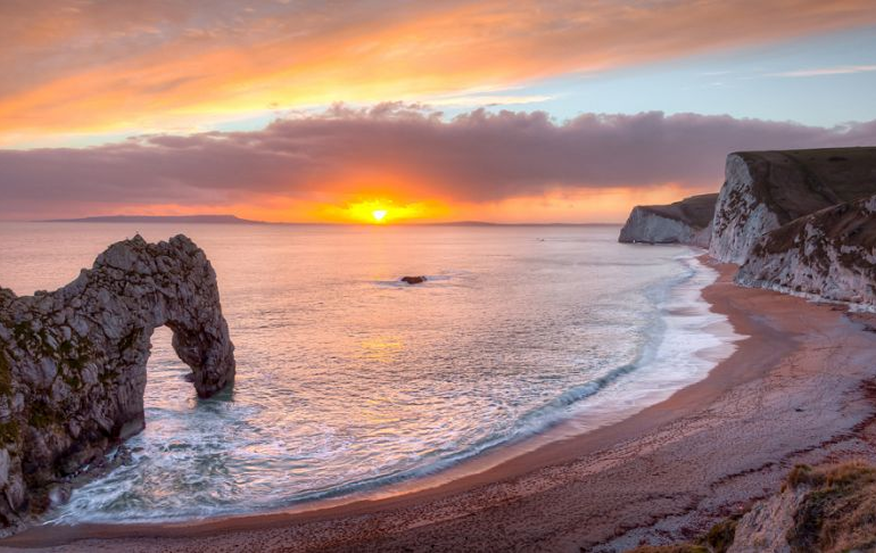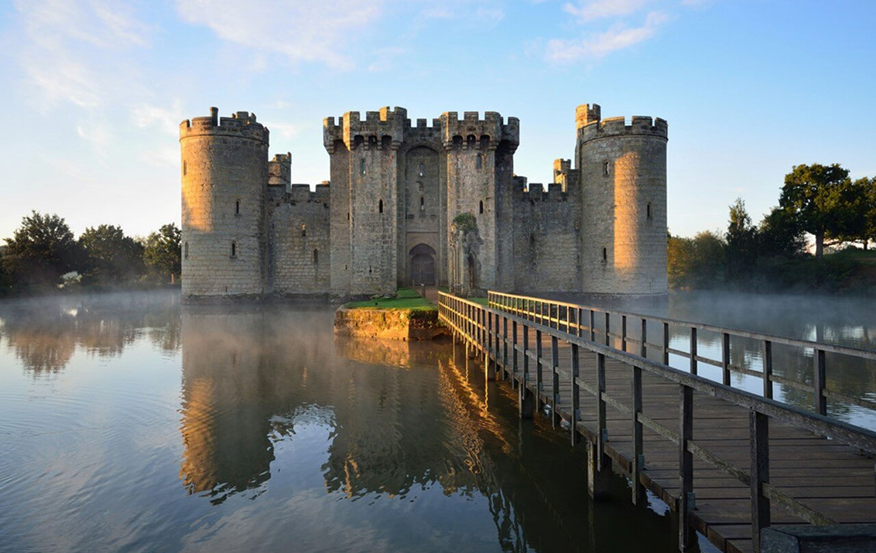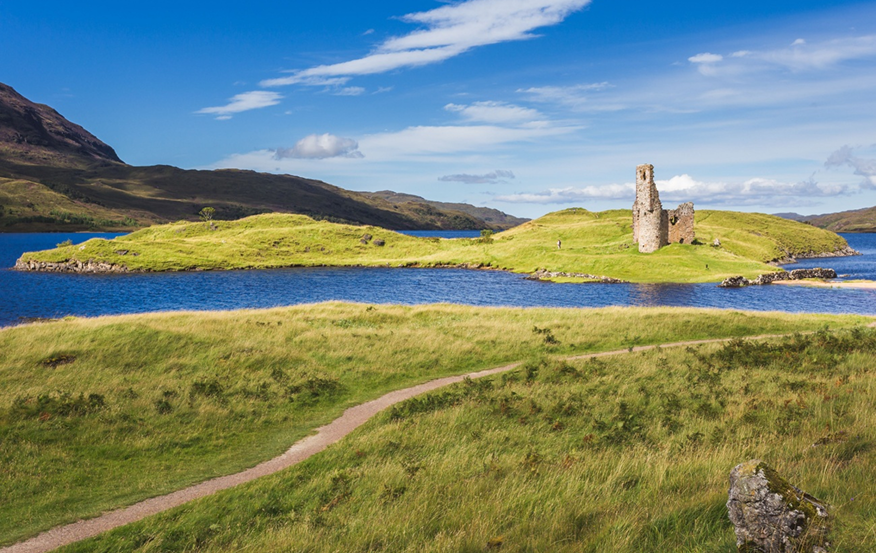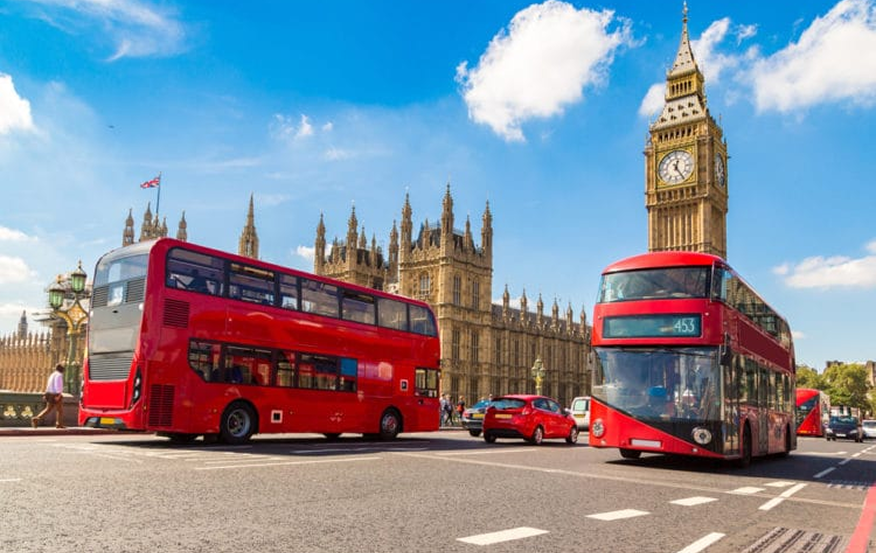The United Kingdom is a country where history, culture, and natural beauty intertwine, and one of the most captivating ways to experience it is by train. Traveling across the UK by rail offers an opportunity to witness the country’s stunning landscapes, picturesque villages, and historic towns while enjoying the comfort and convenience of modern train travel. From the rugged Scottish Highlands to the rolling hills of England and the dramatic coasts of Wales, the UK’s railway routes reveal the diverse beauty of the nation.
1. The West Highland Line: Scotland’s Majestic Landscapes
One of the most iconic train journeys in the UK is the West Highland Line, stretching from Glasgow to Mallaig. This route takes travelers through some of Scotland’s most breathtaking scenery, including lochs, mountains, and remote moorlands.
The line passes Loch Lomond, offering views of serene waters framed by rugged hills, and Rannoch Moor, a vast expanse of wild landscape that evokes the essence of the Scottish Highlands. The train crosses the Glenfinnan Viaduct, a striking curved railway bridge that has become famous through films and photography. Passengers often marvel at the contrast between the green valleys, snow-capped peaks, and glistening lochs along the journey, making it a truly unforgettable experience.
2. Settle to Carlisle: England’s Northern Beauty
The Settle to Carlisle Line in northern England is another celebrated route, renowned for its Victorian engineering and scenic views. This 130-kilometer journey passes through the Yorkshire Dales, a region of rolling hills, quaint villages, and historic landmarks.
One of the highlights is the Ribblehead Viaduct, an impressive series of 24 arches spanning a wide valley, offering spectacular photo opportunities. The route continues through remote moorlands and alongside rivers, providing passengers with a sense of England’s natural beauty and rural charm. This line also offers glimpses of historic castles, stone cottages, and traditional market towns, capturing the essence of northern England.
3. The Cornish Main Line: Coastal Splendor
Cornwall’s coastal landscapes are best explored by train on the Cornish Main Line, which runs from Plymouth to Penzance. This route winds along cliffs, beaches, and estuaries, providing panoramic views of the Atlantic Ocean.
Passengers pass by charming fishing villages, sandy bays, and historic harbors. Stops such as St Ives and Penzance allow travelers to explore art galleries, cafes, and local markets, blending coastal leisure with cultural experiences. The Cornish coastline, with its dramatic cliffs and turquoise waters, offers a unique contrast to inland scenery, making this rail journey a highlight of any summer trip in the UK.
4. Cambrian Coast Line: Wales’ Rugged Charm
Wales offers spectacular coastal train journeys, with the Cambrian Coast Line standing out as one of the most scenic. Running from Shrewsbury to Aberystwyth and Pwllheli, the route hugs the coastline, offering dramatic views of cliffs, sandy beaches, and estuaries.
Travelers can enjoy stops at seaside towns like Barmouth and Aberdovey, where traditional piers, local cuisine, and maritime heritage enrich the experience. The line also passes through national parks and nature reserves, allowing glimpses of diverse wildlife and rugged landscapes. This combination of sea, hills, and charming towns makes the Cambrian Coast Line an unforgettable journey for nature enthusiasts and photographers.
5. The East Coast Main Line: History and Modernity
For travelers interested in history, culture, and efficiency, the East Coast Main Line connects London with major northern cities such as York, Durham, and Edinburgh. While this route is faster and more modern, it still offers impressive views of countryside landscapes, rolling fields, and historic towns.
